标签
mysql
相关的文章:本列表汇集了关于 MySQL 的实用文章,涵盖从基础知识到高级实践的各个方面,帮助读者深入理解 MySQL 的使用与发展动态。
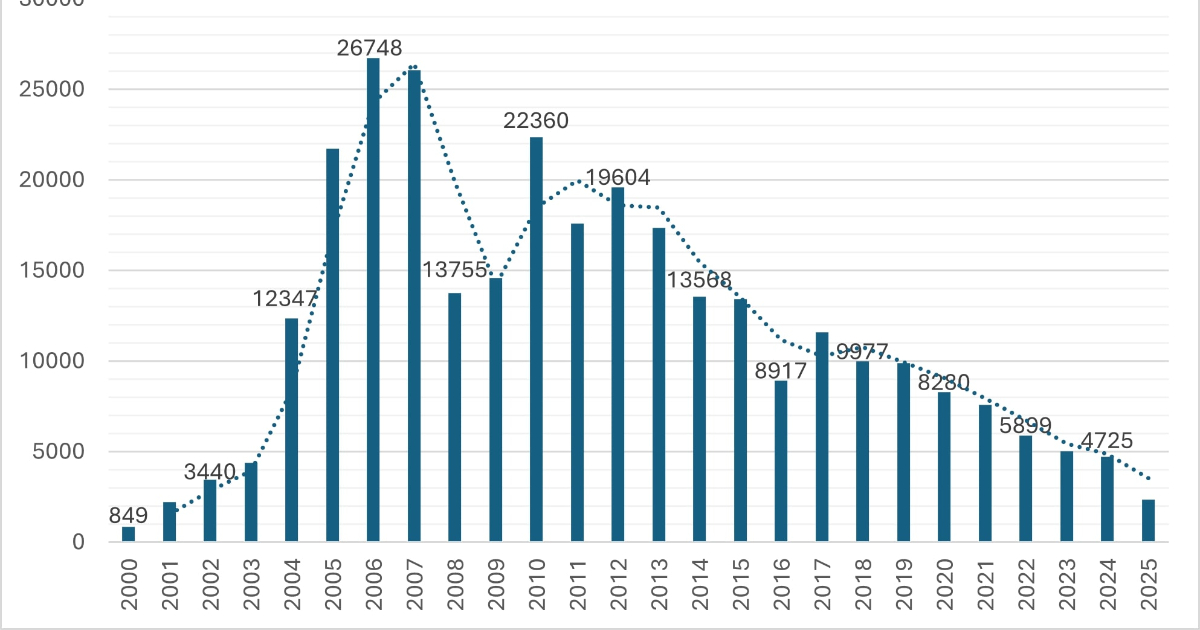
InfoQ ·

Planet MySQL ·
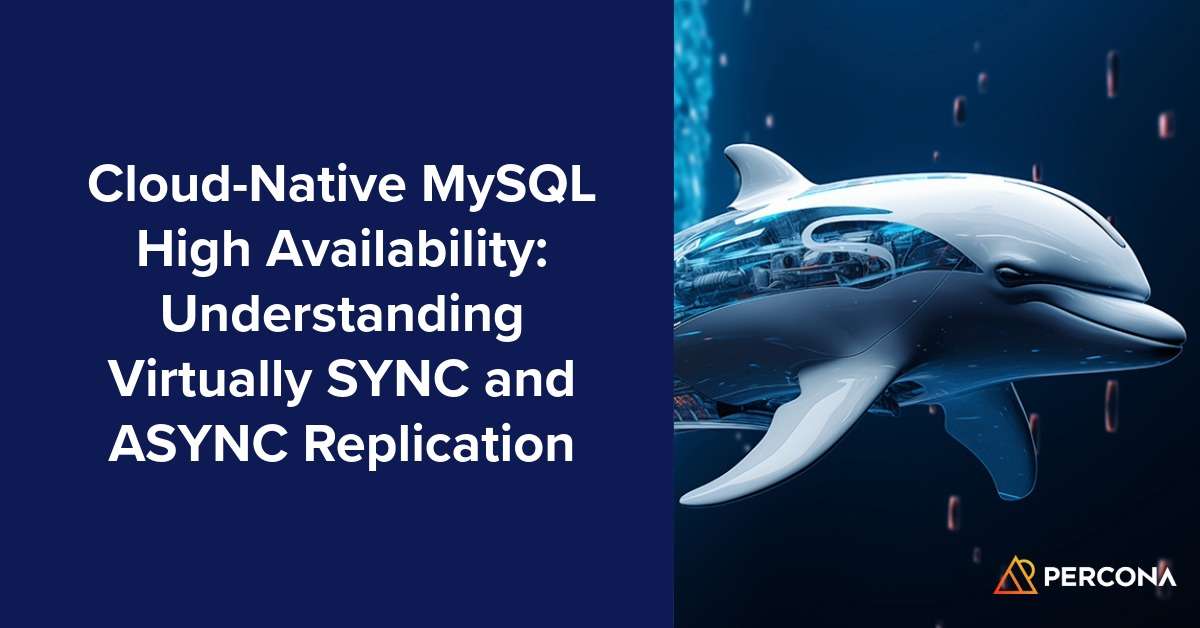
Percona Database Performance Blog ·
在处理 `gorm` 错误时,主键冲突错误无法直接用 `errors.Is` 判断。可以通过 `gorm.io/driver/mysql` 的 `Translate` 函数将 MySQL 错误码转换为 `gorm` 错误,从而有效判断插入冲突。
了迹奇有没 ·
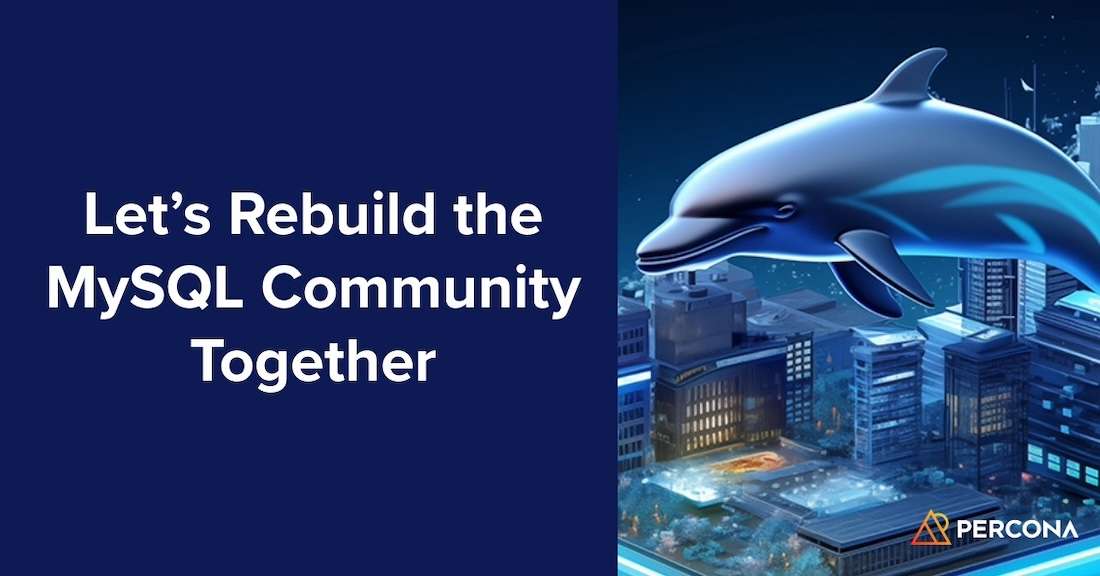
Percona Database Performance Blog ·
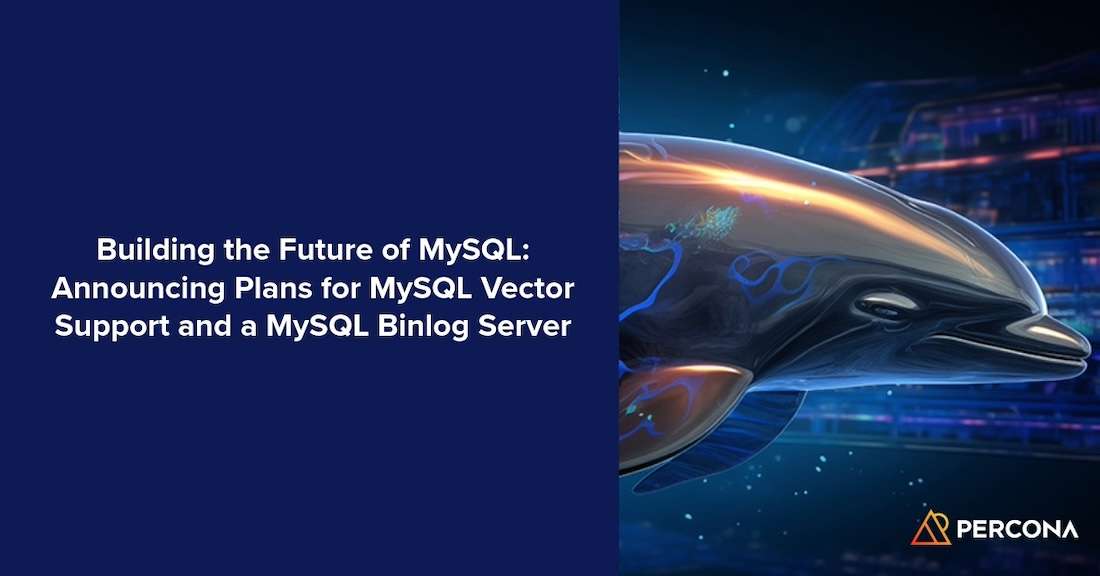
Percona Database Performance Blog ·
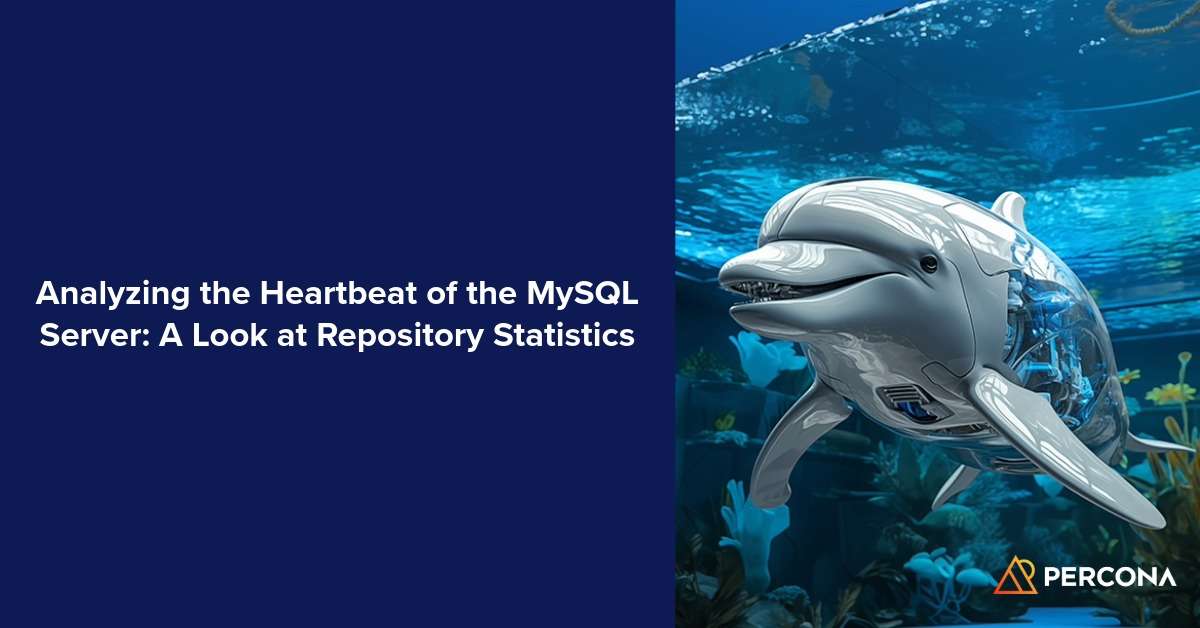
Percona Database Performance Blog ·
夜法之书 ·
夜法之书 ·
长事务是MySQL数据库中的性能隐患,可能导致锁风暴、数据膨胀和主从延迟,超过30%的性能问题与之相关。本文探讨了识别长事务的方法、解决方案及防御措施,强调优化业务逻辑、应用代码和数据库配置,以降低长事务的影响,确保数据库高可用性。
FreeBuf网络安全行业门户 ·
定义列的字符集有几种方式。如果你没有在表或列级别指定字符集,服务器默认的utf8mb4字符集将被应用(除非你明确声明了一个不同的服务器或数据库默认设置)。生成的你可以显式地在表级别设置字符集,通过使用CHARSET=[字符集]语法。例如,这里我们创建一个所有字符列都使用latin1你也可以在列级别设置字符集。通过运行可以看到表的默认字符集是utf8mb4,但是显式设置的列使用了latin1列...
程序新视界 ·

子虚栈 ·
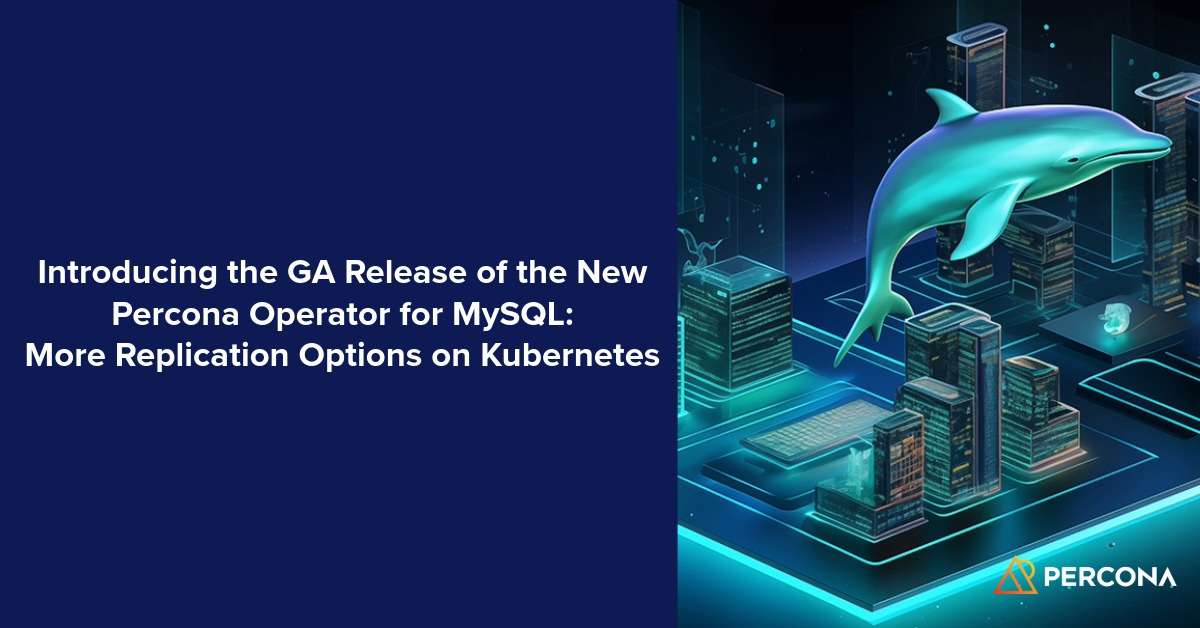
Percona Database Performance Blog ·
MySQL 是一种开源关系型数据库,广泛用于 Web 开发和企业应用。本文介绍了在 Ubuntu 上安装、配置和管理 MySQL 的完整过程,适合各类用户。
极客技术博客’s Blog ·
MySQL 是一种流行的开源关系型数据库,MySQL Client 是与服务器交互的主要工具。命令行客户端轻便高效,适合 Linux 环境。本文介绍了其安装、配置和使用技巧。
极客技术博客’s Blog ·
在涉及数据删除或更新的业务逻辑中,开发人员常常需要获取数据变动前的原始值,以执行相应的后续操作。有效避免了在两次独立数据库操作之间,数据状态可能被其他并发操作修改而导致的业务逻辑错误,保证了操作的原子性和数据的一致性。的发布标志着关系型数据库进入了新的时代,它不仅在性能上实现质的飞跃,更为开发者的工作效率带来了巨大提升。显著减少了数据库的往返次数,简化了代码逻辑,一次操作即可完成所有任务,提...
dotNET跨平台 ·
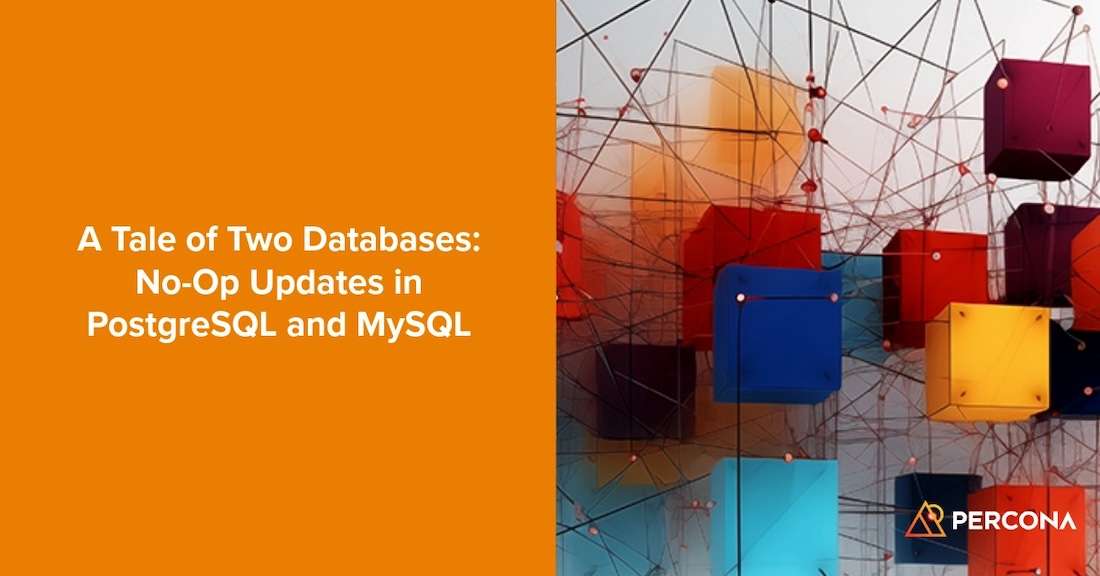
Percona Database Performance Blog ·
Align upgrades with your business schedules, minimize disruption, and plan version transitions with confidence, all while maintaining the reliability and compliance you expect from MySQL HeatWave....
2025年8月13日,原子服务同步时因两次同步时间接近,导致指标与维度丢失。同步逻辑为“先删后增”,但请求2的删除操作被阻塞,未能新增指标。分析表明,MySQL的锁机制和事务隔离级别影响了操作执行。建议采用分布式锁和拆分事务解决问题。
id` bigint(50) unsigned NOT NULL AUTO_INCREMENT COMMENT '自增ID',`metric_def_id` bigint(11) unsigned NOT NULL DEFAULT '0' COMMENT '指标定义id',`logic_table_id` bigint(11) unsigned NOT NULL DEFAULT '0'...
京东科技开发者 ·
